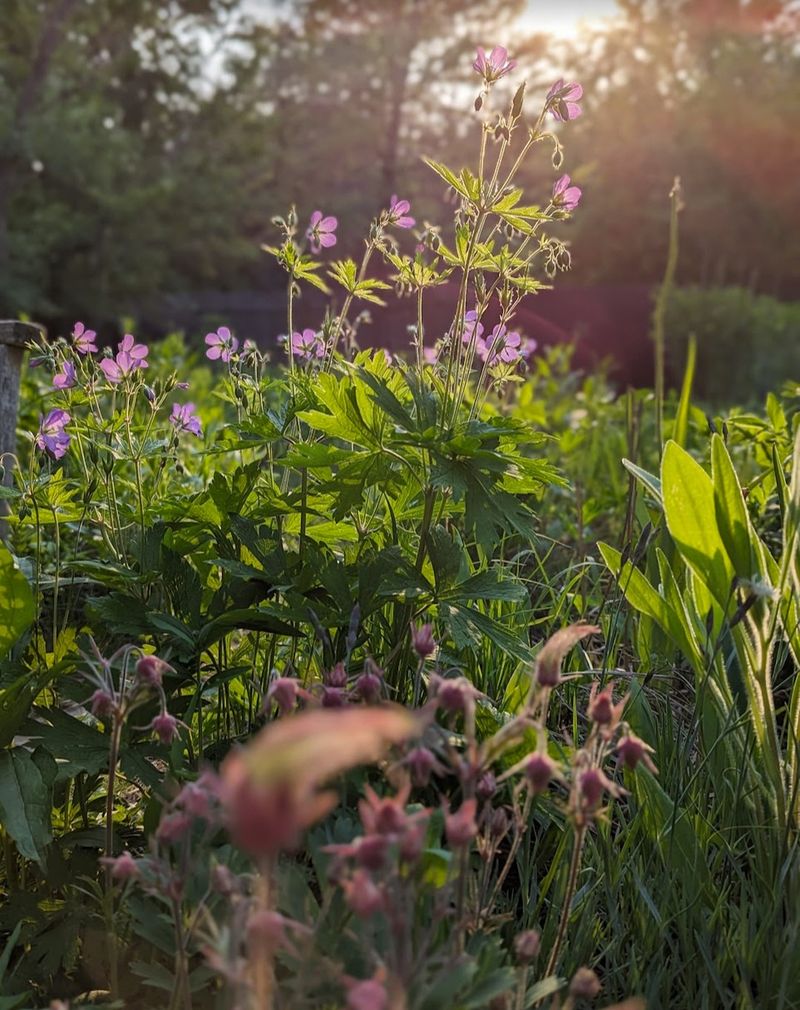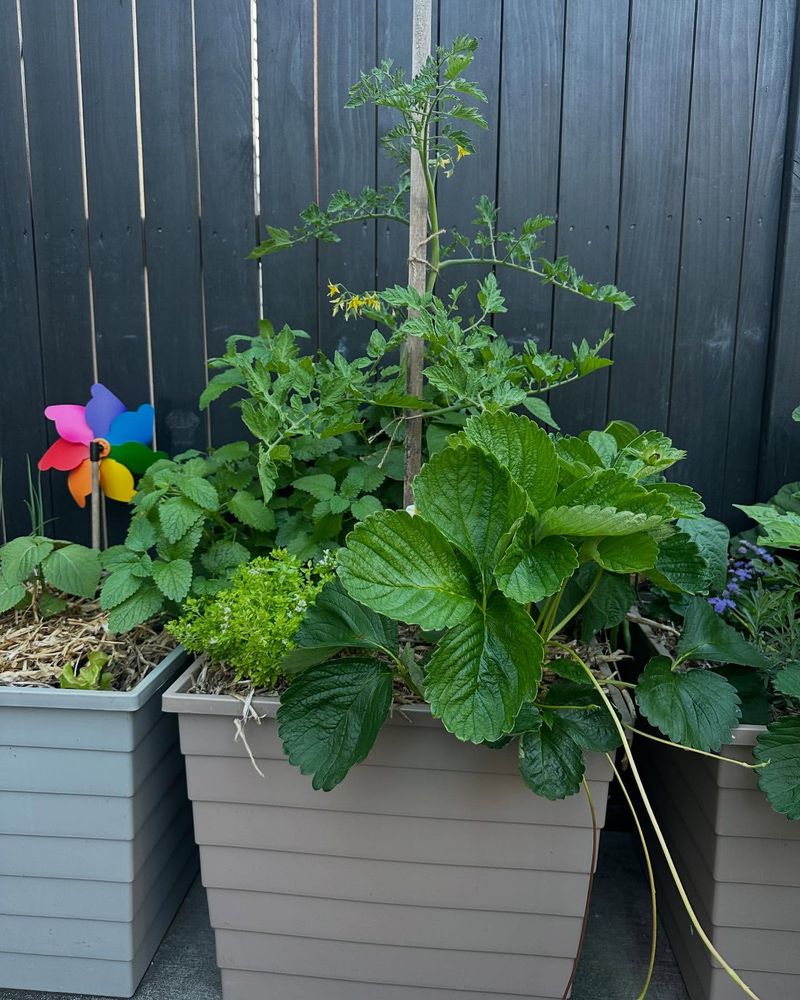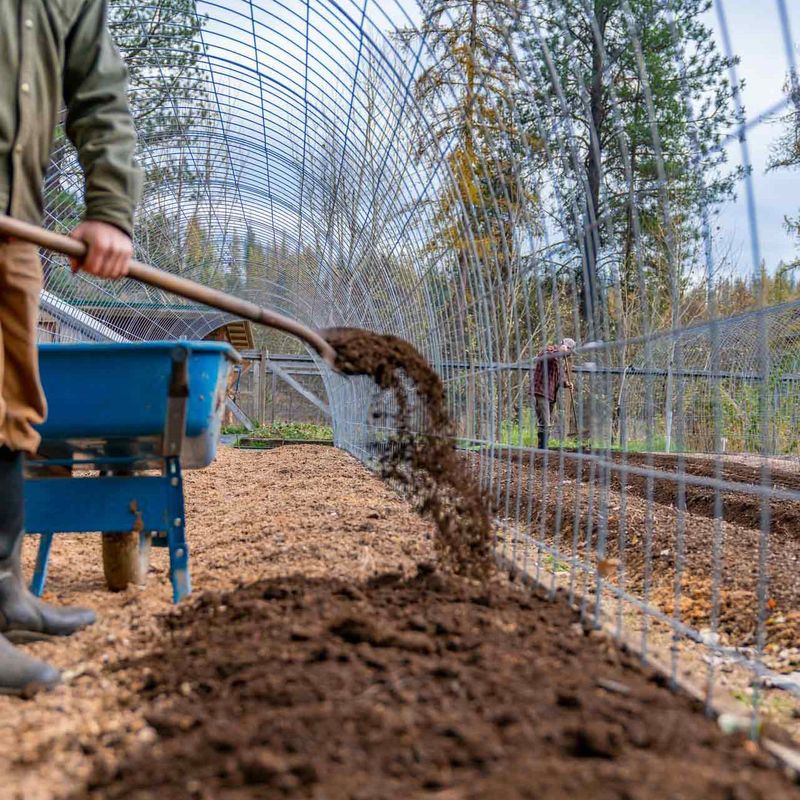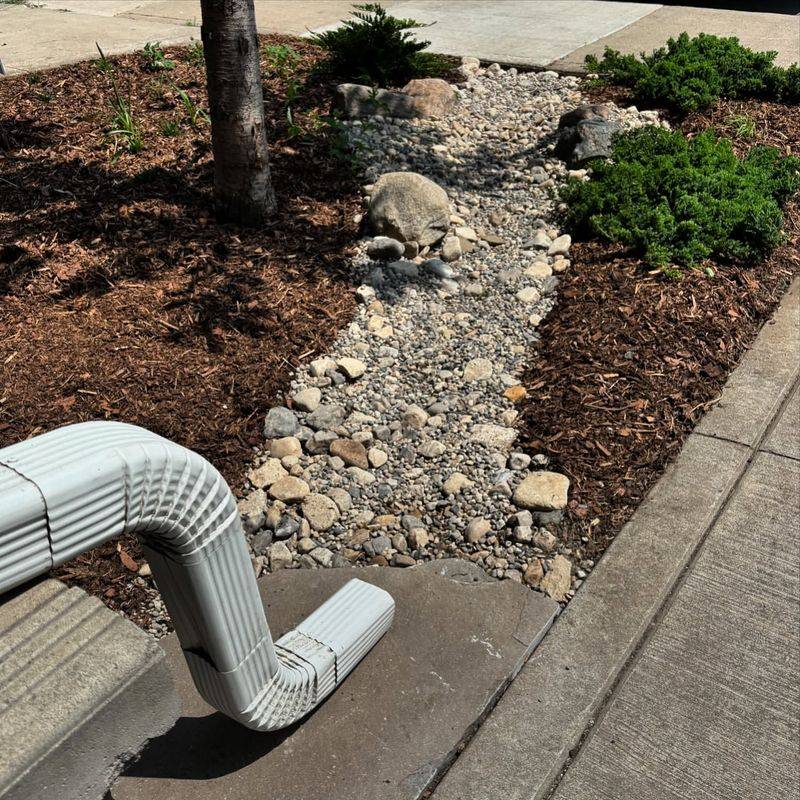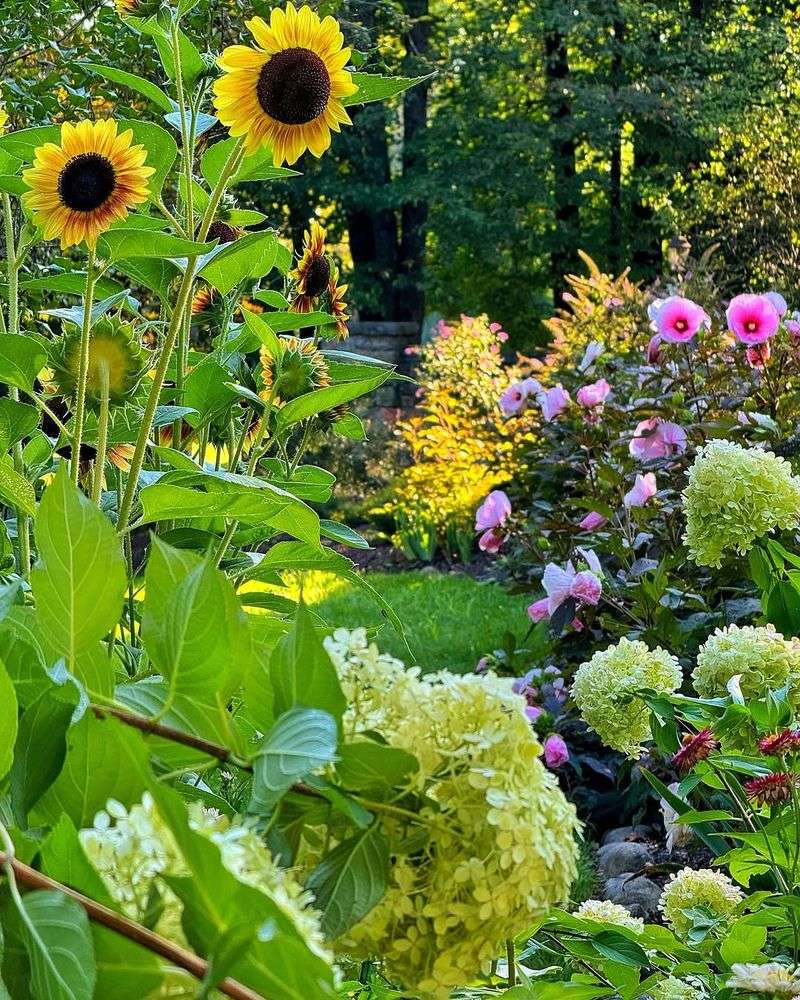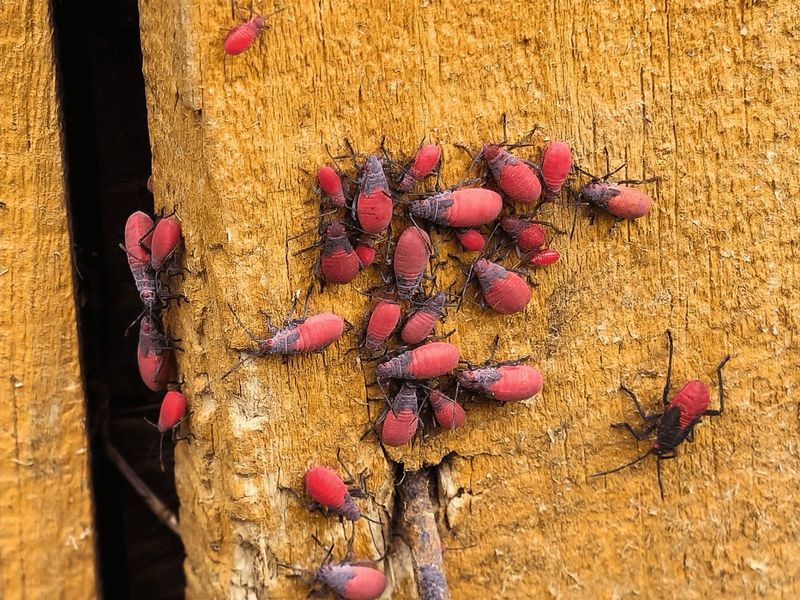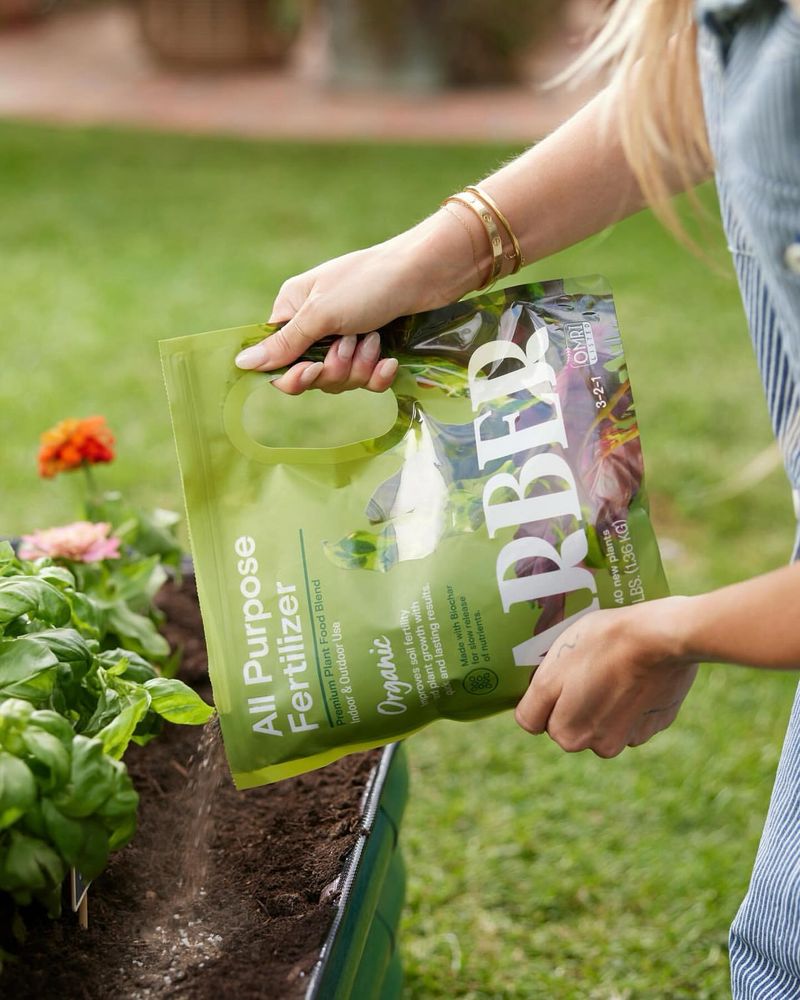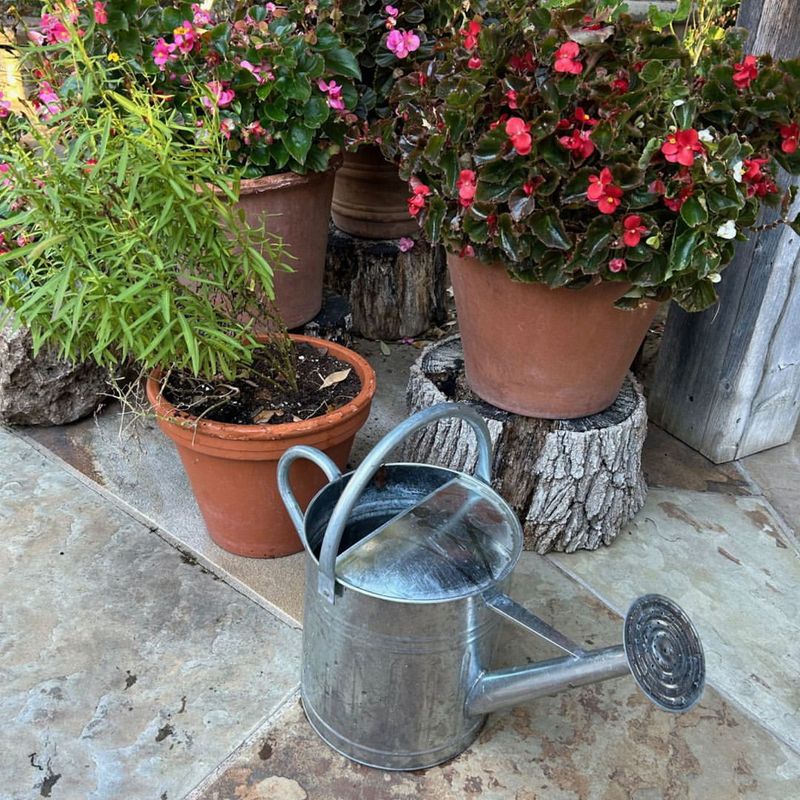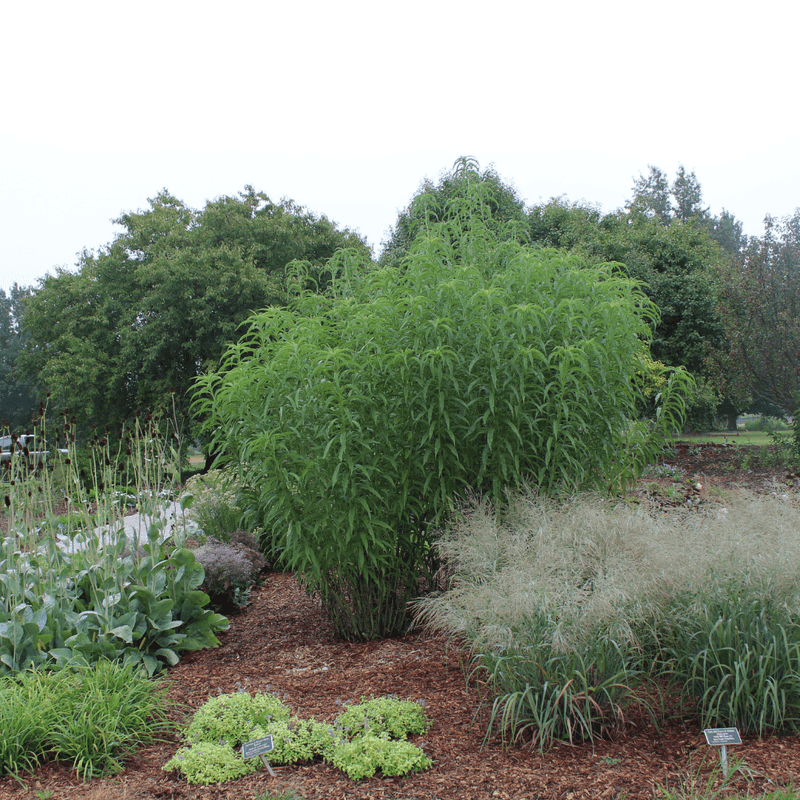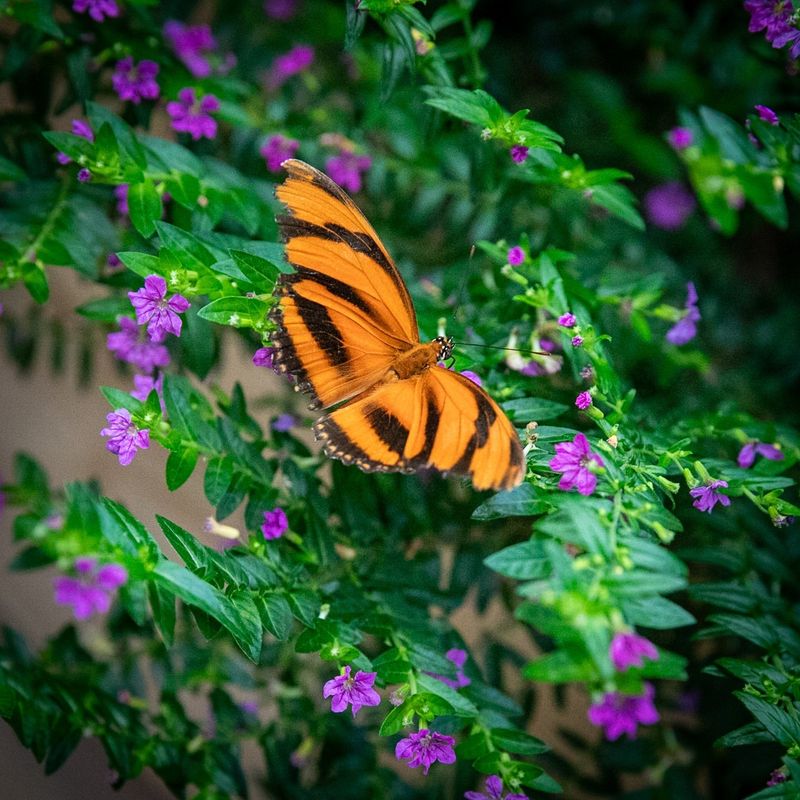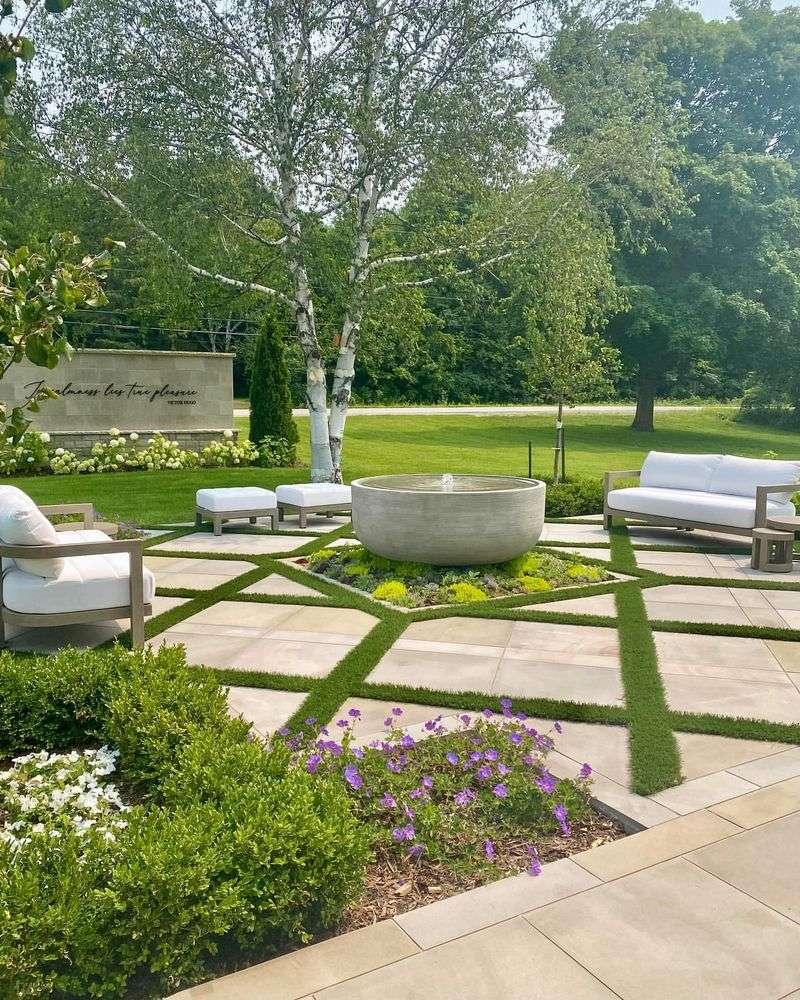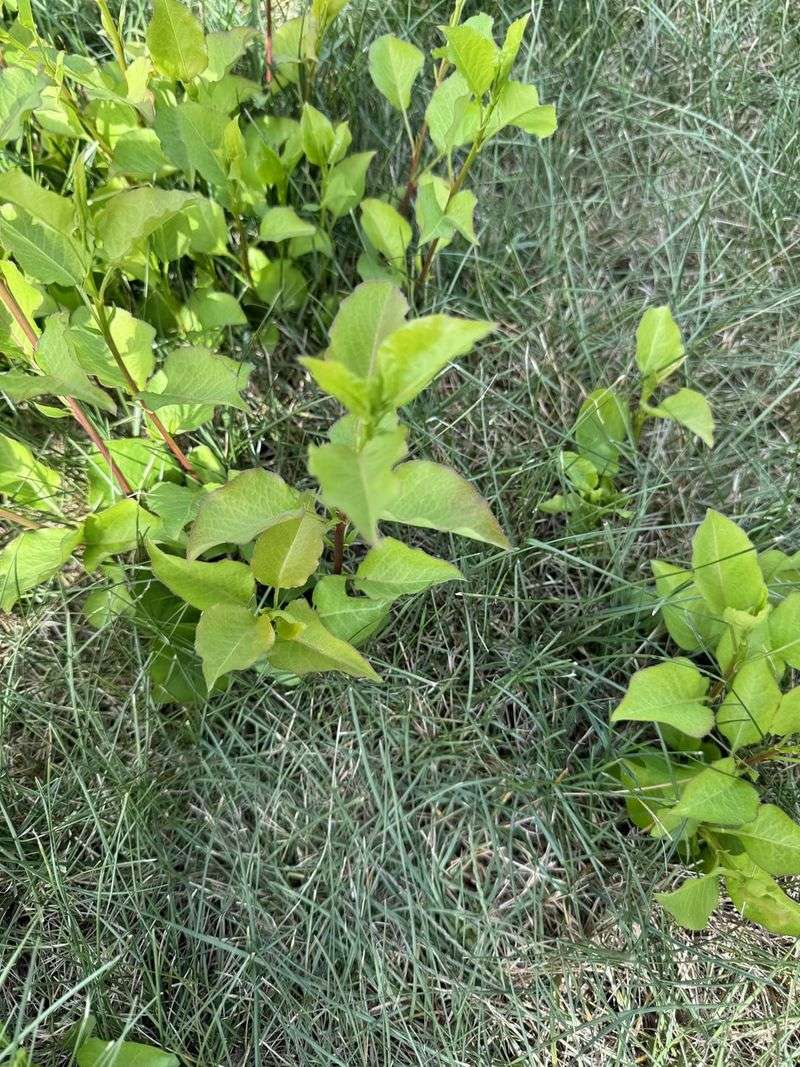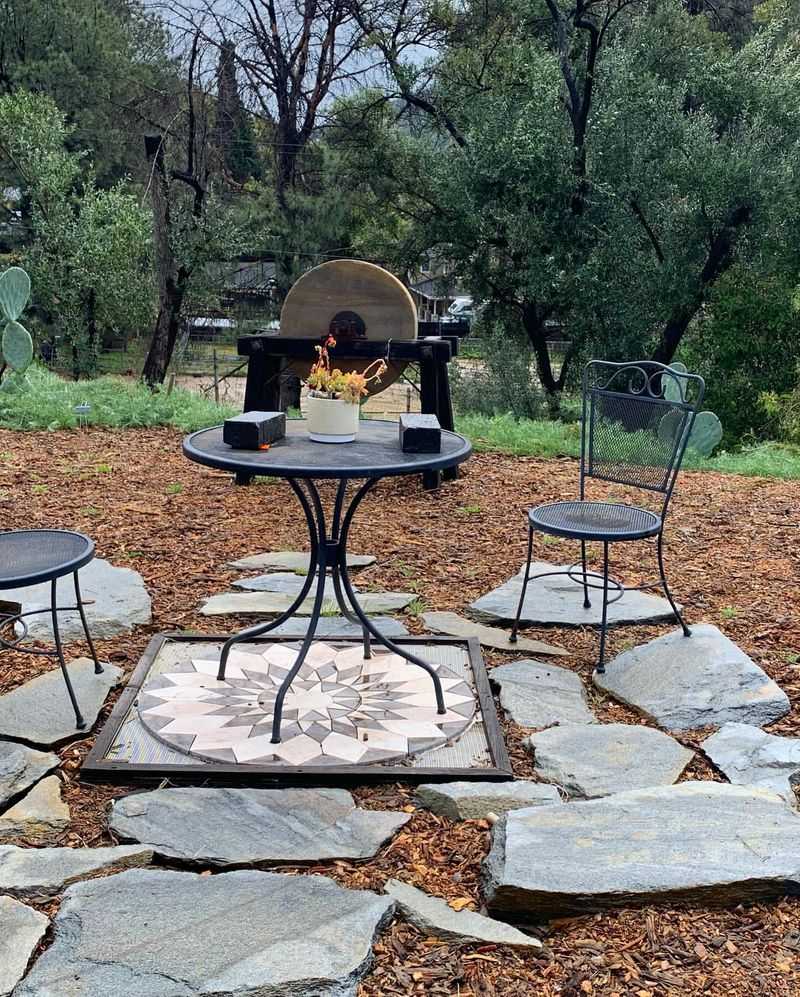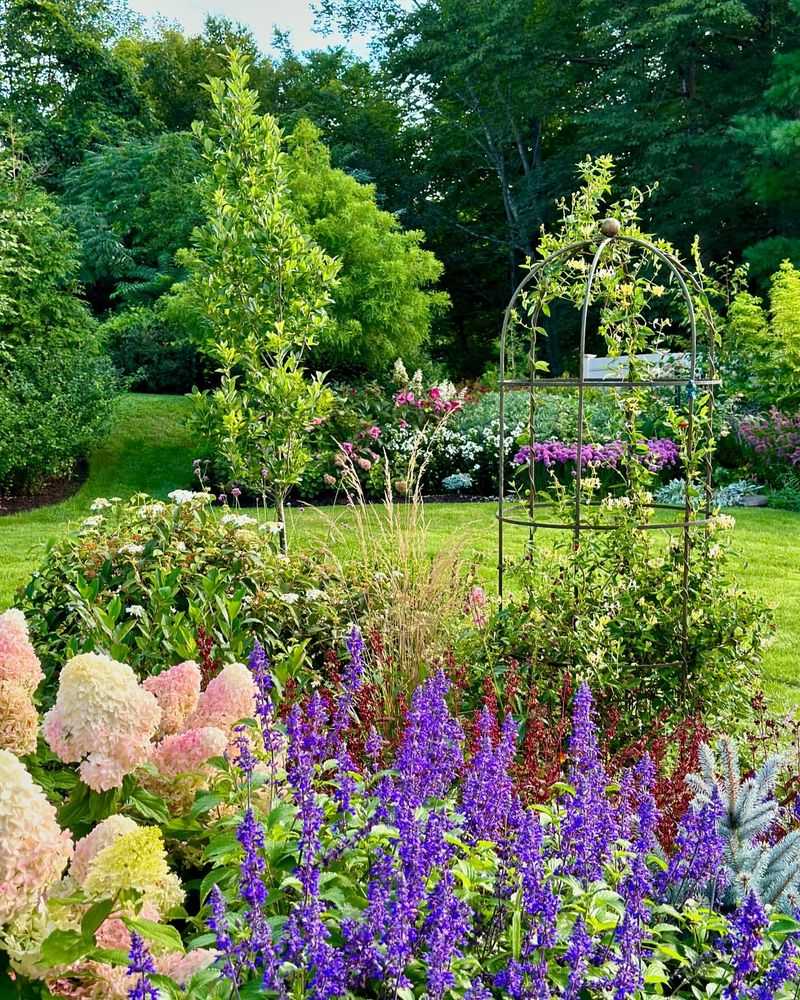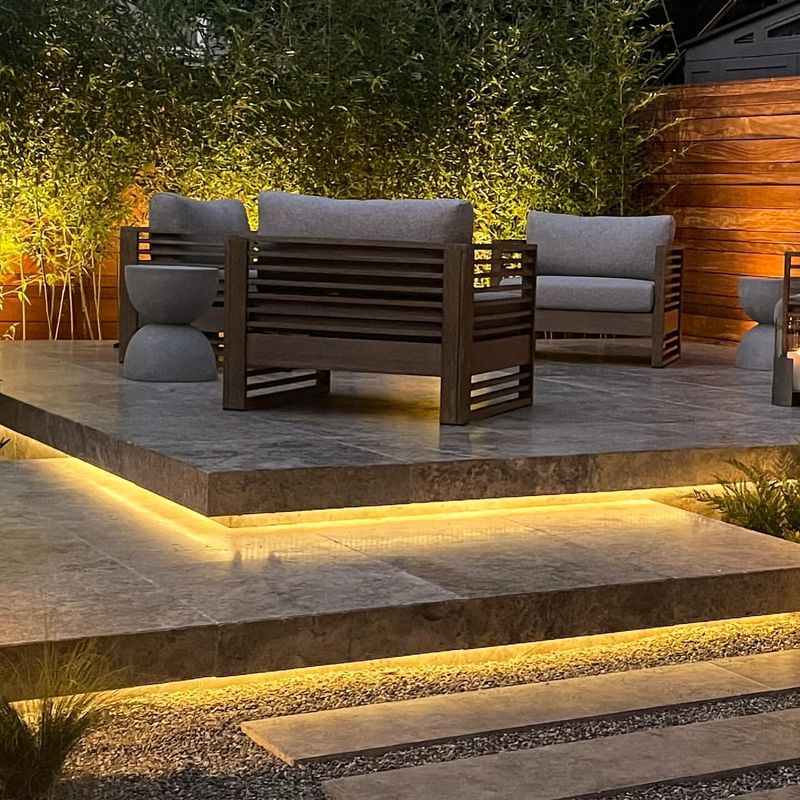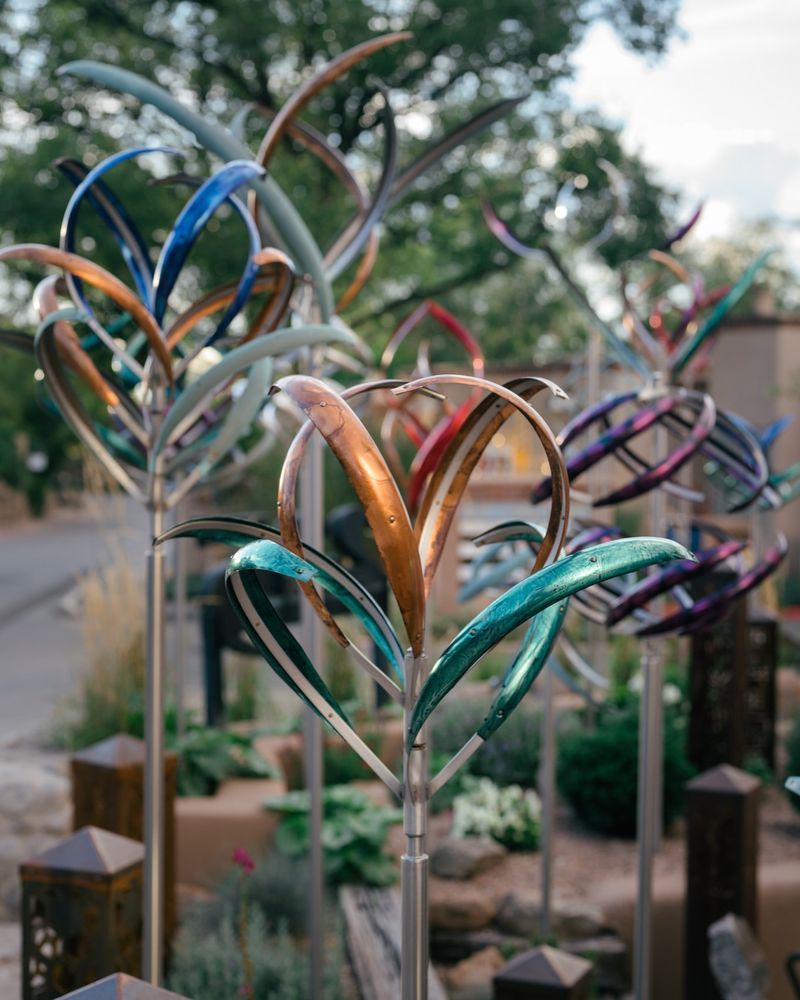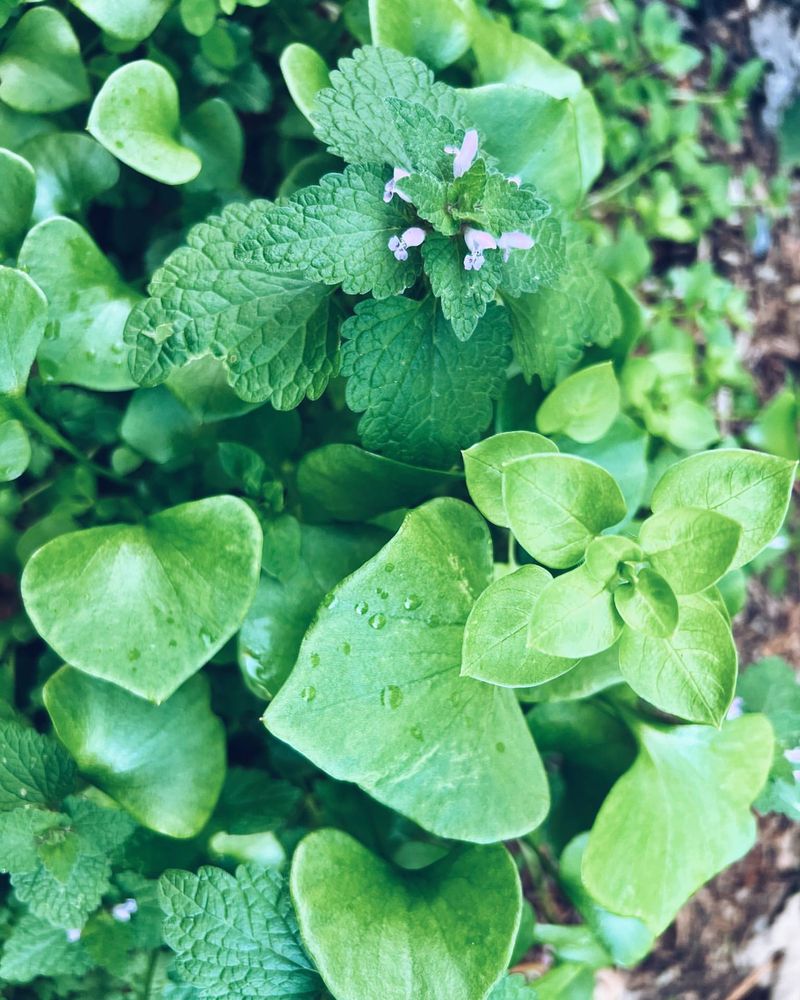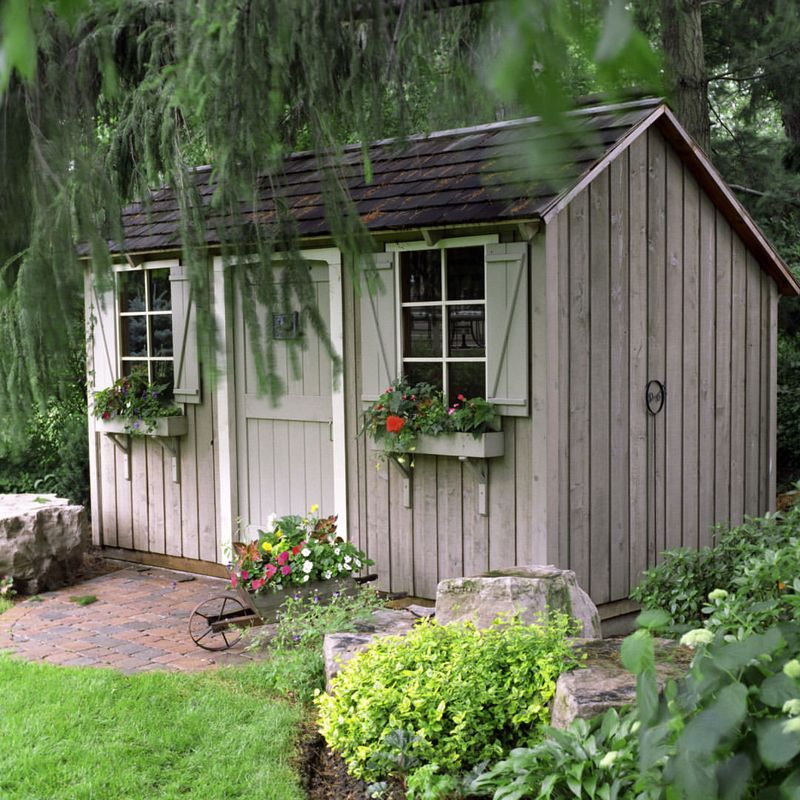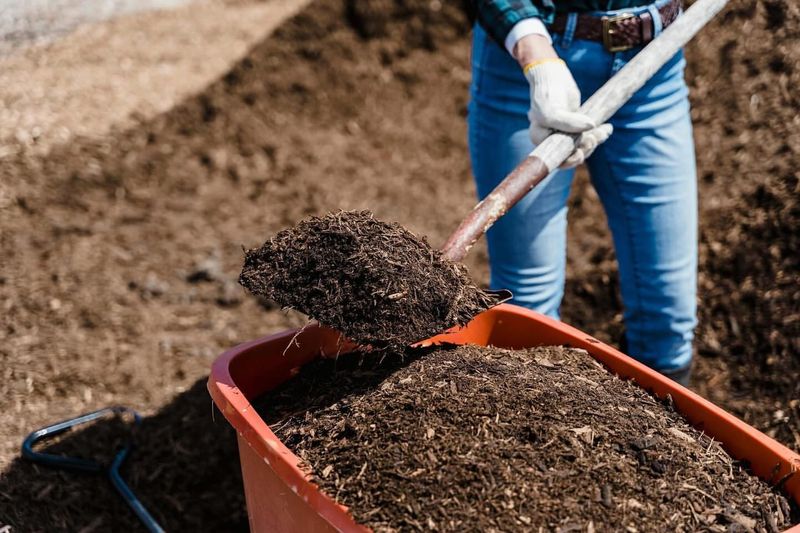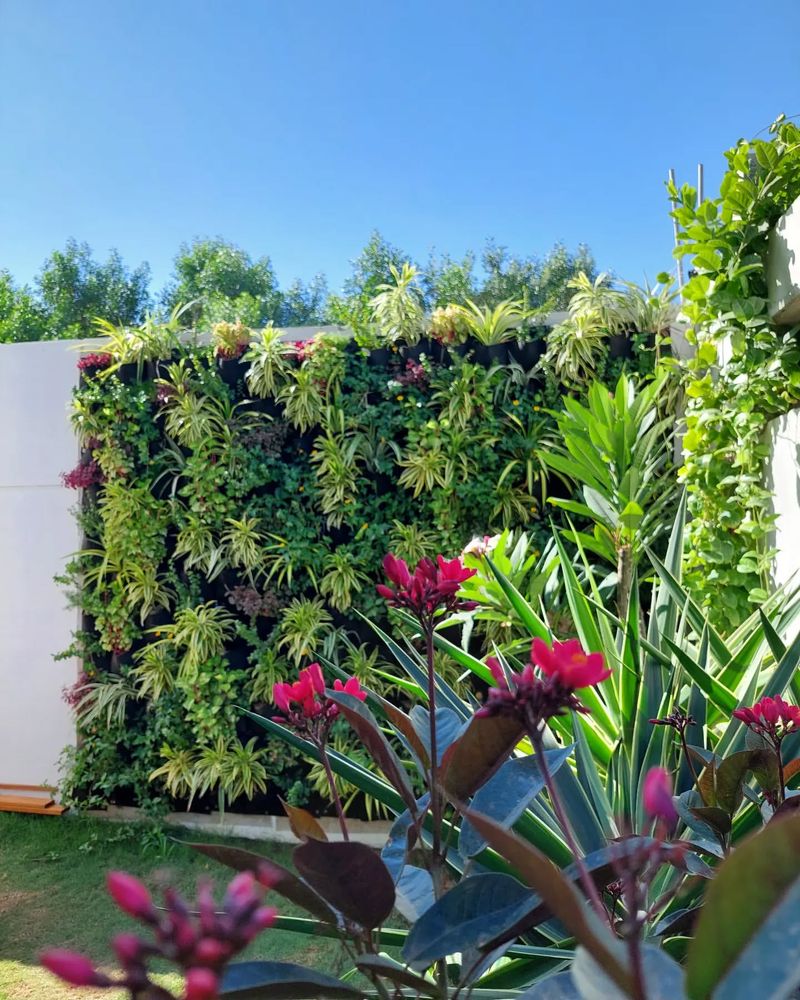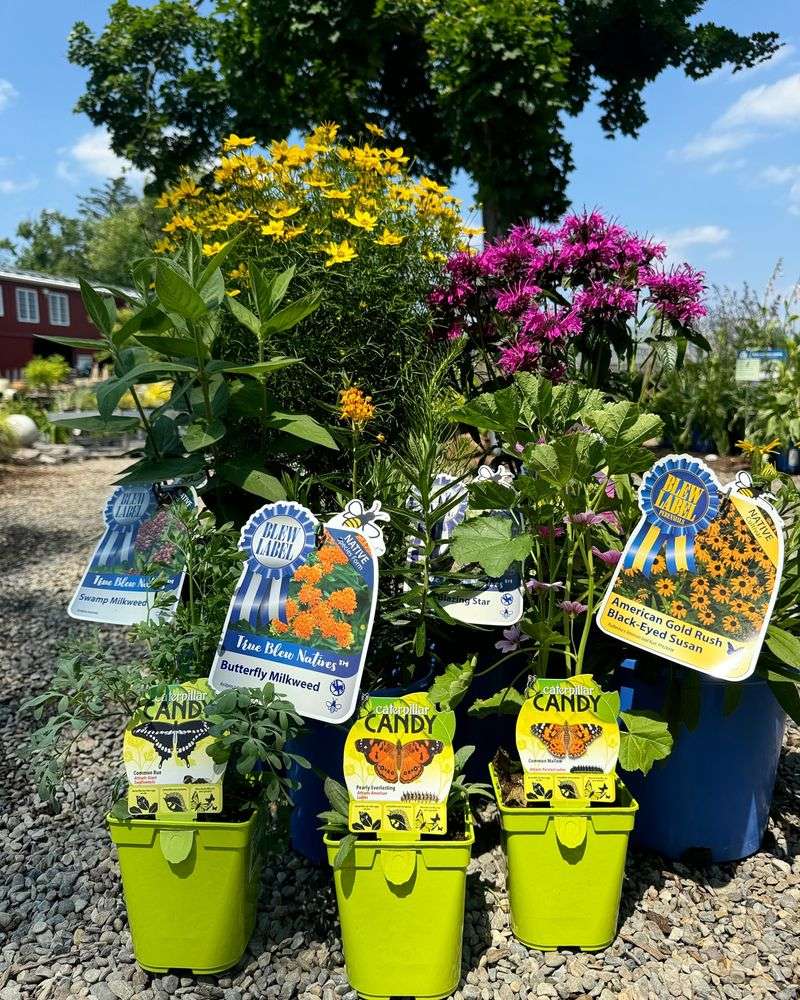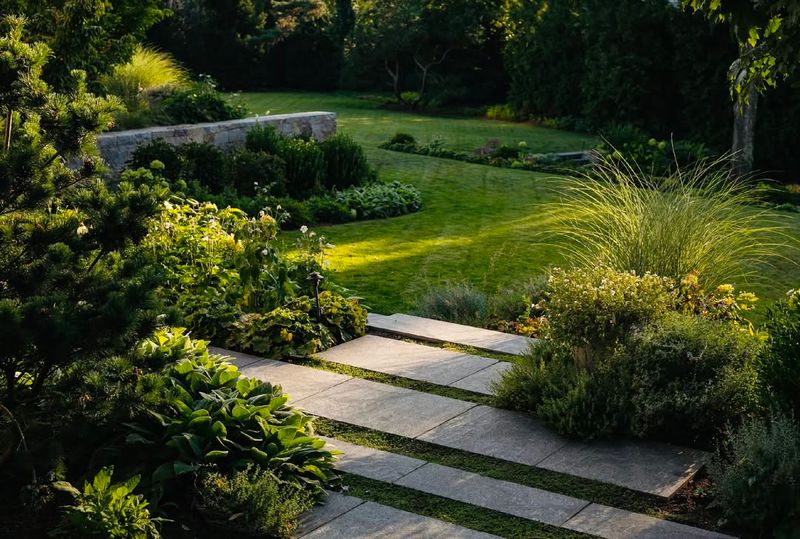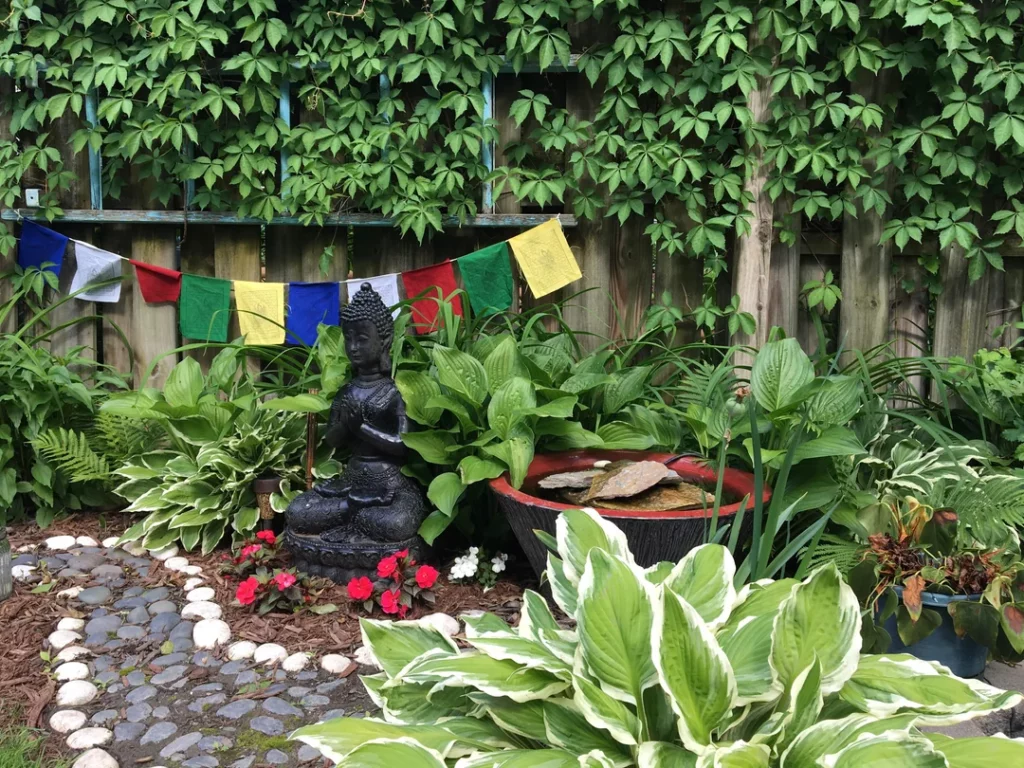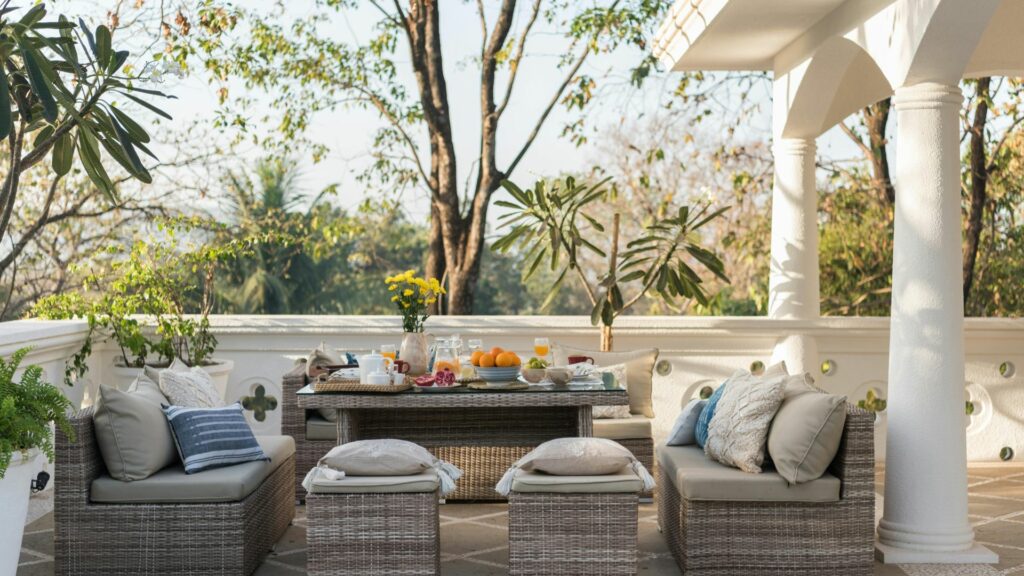Creating a beautiful backyard takes more than just plants and furniture—it’s about the details that tie everything together.
An interior decorator’s eye can spot the little mistakes that turn a backyard from wow to whoa. These 29 mistakes are the ones that sneak in and steal your outdoor vibe without you even realizing it.
Avoiding them can make your space feel more inviting, stylish, and truly yours. Get ready to see your backyard in a whole new light and make it the place you actually want to spend time.
1. Ignoring Sunlight Requirements
In the excitement of beautifying your backyard, it’s easy to overlook the sunlight needs of your plants. While a sun-drenched spot might seem ideal for all, certain plants like ferns and hostas thrive in shade. Understanding these specific requirements can make all the difference.
Consider plants’ natural habitats before planting them in your backyard. For instance, hostas do well in shaded areas, while sunflowers crave full sun. By matching plants with their preferred conditions, you’ll set the stage for a flourishing garden.
2. Overcrowding Plants
When planting, the temptation to squeeze as many varieties as possible into one space can be strong. However, overcrowding leads to competition for nutrients and water, stunting growth and inviting pests. Spacing is crucial for a thriving garden.
Give each plant adequate room to breathe and grow. This might mean fewer plants, but your garden will repay you with healthier, more robust growth. Remember, patience and planning yield the best results.
3. Neglecting Soil Quality
A common oversight is underestimating the importance of soil quality. Good soil is the foundation of a healthy garden, influencing plant growth and vitality. Without it, even the most well-planned gardens can falter.
Regularly test your soil to understand its composition and needs. Amend poor soil with organic matter like compost to enrich it and improve drainage. This ensures your plants have the nutrients they need to thrive.
4. Forgetting About Drainage
Proper drainage is often an afterthought, but neglecting it can be disastrous. Waterlogged soil can lead to root rot, suffocating plants and stunting their growth. Ensuring your garden has adequate drainage is vital.
Assess your backyard’s natural drainage patterns. Consider raised beds or installing drainage solutions like French drains if necessary. This proactive approach will keep your plants healthy and thriving.
5. Choosing the Wrong Plants for the Climate
Plant selection should align with your local climate, yet many ignore this crucial aspect. Planting species unsuited to your weather conditions often leads to disappointment and unnecessary maintenance. Knowledge of your climate zone is imperative.
Research plants that naturally thrive in your area and choose accordingly. This will not only save you time and effort but also result in a more sustainable and resilient garden. It pays to work with nature rather than against it.
6. Ignoring Pest Management
It’s easy to dismiss the importance of pest management until an infestation occurs. Pests like aphids and slugs can ravage a garden seemingly overnight. Proactive pest control measures are essential.
Integrated Pest Management (IPM) is a sustainable approach involving monitoring, prevention, and natural predators. Encouraging beneficial insects like ladybugs can naturally reduce pest populations. This ensures a balanced and healthy garden ecosystem.
7. Using Too Much Fertilizer
Fertilizers are beneficial, but overapplication can be detrimental. Excessive fertilizer can burn plant roots, leading to yellowing leaves and stunted growth. A balanced approach to feeding is fundamental.
Follow label instructions carefully and consider slow-release fertilizers. Soil testing can guide you on the right nutrients needed, preventing overfeeding. This careful management ensures robust and vibrant growth.
8. Overlooking Watering Needs
Watering may seem straightforward, but miscalculations can be costly. Overwatering or underwatering can harm plants and waste resources. Understanding the specific needs of each plant is essential.
Monitor soil moisture levels and adjust watering schedules accordingly. Drip irrigation systems can offer precise, efficient watering. By tailoring your approach, you’ll support healthy, lush growth in your garden.
9. Failing to Plan for Mature Size
In the eagerness to create a lush garden, it’s easy to disregard the mature size of plants. Large species can quickly outgrow spaces, overshadowing other plants and creating a cluttered appearance. Planning for growth is essential.
Research the full size of plants before placing them in your garden. This foresight ensures a balanced, harmonious landscape as plants reach maturity. Proper planning avoids the need for disruptive relocations later.
10. Ignoring Wildlife Attraction
A vibrant garden can be a haven for wildlife, yet many fail to incorporate features that entice beneficial creatures. Birds, bees, and butterflies enrich the ecosystem, aiding in pollination and pest control. Their presence is a boon to any garden.
Include nectar-rich flowers, bird feeders, and water sources to attract these creatures. A diverse planting scheme encourages a balanced ecosystem. This approach enhances both beauty and biodiversity.
11. Not Creating a Focal Point
Without a focal point, a garden can appear monotonous and uninviting. Eye-catching elements like sculptures, water features, or vibrant plant clusters draw the eye and add interest. A well-placed focal point transforms a space.
Identify a key area in your garden to highlight with a striking feature. This could be an ornamental tree, a colorful flower bed, or an artistic sculpture. This focus adds depth and personality to your backyard.
12. Using Invasive Species
Invasive species may seem attractive initially, but they can quickly dominate a garden, outcompeting native plants. This imbalance can disrupt local ecosystems and lead to diminished biodiversity. Caution is necessary when selecting plants.
Research potential invasiveness before introducing new species to your backyard. Opt for native plants that coexist harmoniously with local flora. This mindful selection supports ecological balance and sustainable gardening.
13. Disregarding Hardscape Elements
Hardscaping is often overlooked, yet it provides structure and functionality to outdoor spaces. Paths, patios, and seating areas create flow and usability. Their absence can make a garden feel incomplete.
Integrate hardscaping elements that complement your garden’s style and needs. Choose materials that harmonize with the natural surroundings. These additions enhance both aesthetics and practicality.
14. Not Considering All Seasons
A garden that flourishes only in one season can lose its charm quickly. Planning for year-round interest ensures your backyard remains inviting throughout the year. Seasonal variety is key.
Incorporate a mix of evergreens, flowering plants, and deciduous trees. This blend provides color, texture, and structure across seasons. A diverse garden stays lively and engaging all year.
15. Overlooking Lighting Design
Lighting extends the enjoyment of your garden beyond daylight hours, yet it’s commonly overlooked. A well-lit backyard enhances ambiance and safety. Without it, evenings in the garden are less inviting.
Explore solar-powered lights, string lights, and lanterns for eco-friendly options. Illuminate pathways and key features to create a warm, welcoming atmosphere. Thoughtful lighting design adds a magical touch to your backyard.
16. Ignoring Wind Exposure
Wind can be a formidable adversary in the garden, yet it’s often disregarded. It can damage plants, dry soil quickly, and create uncomfortable environments. Addressing wind exposure is crucial for garden health.
Plant windbreaks like hedges or install screens to buffer against strong gusts. Choose wind-resistant plants that endure breezy conditions. These measures protect your garden and enhance its resilience.
17. Neglecting Edible Plants
Many overlook the joy and practicality of growing edible plants. A garden can serve both aesthetic and culinary purposes, adding value and interest. Edibles like herbs and vegetables are rewarding additions.
Designate space for a kitchen garden or integrate edibles into ornamental beds. Consider container gardening for flexibility and accessibility. This approach enriches your garden experience and provides fresh produce.
18. Disregarding Local Regulations
Building without awareness of local regulations can lead to costly setbacks. Fencing, sheds, and other structures often require permits and adherence to zoning laws. Compliance is non-negotiable.
Research local building codes and obtain necessary permits before starting any construction. This ensures your backyard projects are legal and hassle-free. Planning ahead avoids unnecessary complications.
19. Neglecting To Mulch
Mulching is a simple yet effective practice often neglected. It conserves moisture, regulates soil temperature, and suppresses weeds. Without mulch, your garden may struggle with water retention and weed growth.
Apply a layer of organic mulch around plants, refreshing as needed. This provides insulation and adds organic matter to the soil. A well-mulched garden retains moisture and looks tidy.
20. Skipping Soil Testing
Soil tests offer insights into nutrient levels and pH balance, yet many bypass this step. Without this information, fertilization becomes guesswork, risking plant health. Knowledge of your soil’s condition is empowering.
Conduct regular soil tests to inform your fertilization strategy. This ensures nutrient application is precise and beneficial. Understanding your soil supports a thriving garden environment.
21. Ignoring Vertical Spaces
Vertical gardening maximizes limited space, yet it’s often overlooked. Utilizing walls, fences, and trellises can add depth and interest. Ignoring vertical opportunities limits your garden’s potential.
Try growing climbing plants or installing vertical planters. This expands your gardening area without consuming valuable ground space. Vertical gardening offers creative solutions for lush, layered landscapes.
22. Forgetting To Label Plants
Failing to label plants might seem trivial, but it can lead to care confusion. Knowing what’s growing where aids in tracking growth and maintenance. This small step supports effective garden management.
Use durable labels to identify plants and their care needs. Update them as your garden evolves. Proper labeling empowers you to provide tailored care for each plant.
23. Overlooking Pathways
Pathways guide movement and protect plants, yet they are frequently neglected. Without clear paths, traffic can damage delicate plantings and compact soil. Properly designed pathways enhance functionality.
Create routes that direct foot traffic and blend with the garden’s style. Use materials like stone, gravel, or wood for durability and aesthetic appeal. Well-planned pathways add structure to your garden.
24. Neglecting Proper Plant Pruning
Pruning is a crucial task in maintaining a healthy garden, yet it’s often ignored or done incorrectly. Regular pruning helps promote healthy growth, improves airflow, and enhances the plant’s shape and appearance.
Without it, plants can become overgrown, tangled, or susceptible to diseases.
Ensure you prune plants at the right time, removing dead or diseased branches and shaping them for better growth.
25. Failing To Incorporate Relaxation Areas
While focusing on plants and design, many overlook the importance of creating spaces for relaxation and enjoyment. A backyard that lacks comfortable seating or shaded areas can make it less inviting for people to spend time in.
Add cozy seating, hammocks, or even a shaded pergola to encourage outdoor relaxation. By including areas to unwind, you not only enhance the functionality of your backyard but also create a space where you can truly enjoy the beauty of your surroundings.
26. Underestimating Maintenance Needs
While planning your backyard, it’s easy to focus on the initial design and forget about the long-term upkeep. Certain plants and features require regular maintenance to remain healthy and vibrant. Neglecting this can lead to overgrown gardens or damaged features.
Consider the maintenance needs of every element in your garden, from plants to hardscaping. Opt for low-maintenance plants if you’re short on time, and plan for seasonal upkeep. Regular maintenance ensures your garden remains beautiful and functional year-round.
27. Not Considering Safety Hazards
When designing your backyard, safety should always be a priority, especially if you have children or pets. Sharp objects, uneven surfaces, or toxic plants can create risks that detract from the enjoyment of your outdoor space.
Assess your backyard for potential hazards, such as sharp rocks, slippery paths, or harmful plants like poison ivy. Use soft materials, clear pathways, and non-toxic plants to ensure a safe environment for all. Safety-conscious design will give you peace of mind while enjoying your garden.
28. Overlooking Seasonal Clean-Up
Neglecting to perform seasonal clean-up can leave your backyard cluttered and vulnerable to pests and diseases. Fallen leaves, dead plants, and debris create breeding grounds for problems and detract from your garden’s appearance.
Make it a habit to clear out debris each season, trimming back dead growth and preparing your plants for the changes ahead. This upkeep keeps your garden healthy, tidy, and ready to flourish year-round.
29. Using Furniture Not Meant For Outdoors
It’s easy to repurpose indoor furniture for your backyard, especially when trying to save money or create a cozy atmosphere. However, indoor pieces aren’t built to withstand weather changes, UV rays, or moisture. This mistake often leads to warped wood, rusted metal, or mildew-covered cushions.
Always choose furniture specifically designed for outdoor use. Look for materials like powder-coated metal, treated wood, or all-weather wicker, and use fade-resistant, waterproof fabrics. Investing in the right furniture ensures durability and keeps your backyard looking polished season after season.


